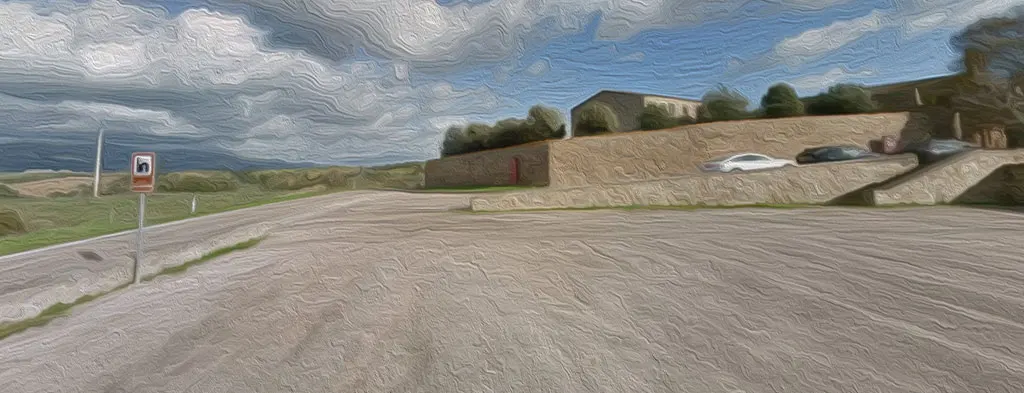
Oschiri, a medieval village on the remains of the Roman fortification of Castrum
Oschiri in the province of Olbia-Tempio is 280 m. above sea level in the valley floor of the Limbara-Lernone in Logudoro, bordering the Gallura. The territory is morphologically quite varied, with heights up to 1,023 m.
In an area of livestock farming and viticulture, Oschiri remains essentially a village of farmers and stockbreeders, with some developing in the food and dairy industry.
Quite recently the discovery of tourist potential of the area, has resulted in a good variety of options for restaurants and accommodation. Noteworthy in the field of gastronomy, besides the bread “carasau” and the genuine pecorino cheese, is the typical dish of the village, “sa panada”, i.e. baskets of pasta stuffed with meat and herbs. In late August the “sagra of panada” is organized by the municipality and the producers.
The several archaeological findings around the village are evidence of the human presence in the territory since the Nuragic age. Must-see, if you want to dive into the magical world of our ancestors, is the rocky altar which is located in front of the church of S. Stefano, in a grove north of Oschiri.
The village of Oschiri was founded in the Middle Ages on the ruins of the Roman fortress of Castrum and the medieval village of Oppidum Octi.
Its ancient origins are proved by various Romanesque churches, and some of them, just outside Oschiri, are really worth a visit, such as the Church of St. Demetrius, 1158, and the medieval church of Our Lady of Castro and of Our Lady of Otti, both belonging to disappeared villages.
The centre of the village, an interesting destination for fans of the history of architecture, is characterized by narrow streets, sometimes paved in stone, and large low houses built with local stone. Some buildings still have windows in Gothic-Aragonese style, with elegant monolithic cornices, and carved lintels above the entrance doors.
Nature lovers can not fail to visit two beautiful examples of unspoiled nature: the area of reforestation Su Filigosu and the wild area of the slopes of Mount Limbara.
Visitors of Su Filigosu will discover, on foot or by bike, an area that is inhabited by wildlife typical of the area, rich in various species of mushrooms, and scattered with archaeological remains of prehistoric times (Domus de Janas, Dolmen, Tombs of the Giants and nuraghi), all in a good state and accessible.
Another interesting area is around the river Coghinas, the Thermos of the Romans and the third longest river in Sardinia. The river originates in the municipality of Bolotana and flows from south to north for some 123 km. to the Gulf of Asinara, in Valledoria.
The power station in the artificial lake on the river Coghinas, which belongs to Oschiri, began working in 1937, and was the first station in cave in Italy. The coasts of the lake, where you can enjoy boating, fishing and water sports, are an attraction for bird watchers. Along the coasts there are also the necropolis of Pedredu and the centre of Pianas Sa Murighessa with the church of San Leonardo, which belonged to the disappeared village Golianuti and is located on a high hilltop, at the foot of the Mount Limbara.


